Yoga for Arthritis, Where Less is More
When there is pain in our body, we will tend to rest or do less on where the pain is directed. Simple analysis from here: if we do less, we will be able to let the pain slowly go away or letting it heal. With this theory in mind, when you are present on the mat practising yoga, doing less than you expect yourself to achieve and give yourself time to appreciate your body in getting into foundational or simple postures will help intensify your practise.
Some of us practising downward facing dog pose known in Sanskrit as Adho Mukha Svanasana may not be able to have the heels of our feet completely touching the ground. If we are mindful of the restrictions that this pose is giving to our body, we may go deeper to analyse why our hamstrings and ankle movements are tight. What are the causes of such symptoms. This one action may tell us that we have tight hamstrings or dorsiflexion of the ankle needs more stretching exercises etc. Letting go of our expectations that Yoga has to be practised only with usual Instagram postures which we can then tell ourselves we are practising Yoga; instead we can choose to practise basic poses where placing one leg forward, ball of the foot on a yoga block, straighten the front leg as shown in the picture and hold on to the pose with long inhalation and exhalation. The time holding on to the pose will help stretch the hamstrings, dorsiflexing the ankles and improve flexibility on these 2 areas.
By breaking down the pose and focussing on individual movements of your body will gradually improve in achieving the full posture; means doing less than the full pose but in fact practising deeper into the pose. What matters is the intention, which is there. Practising yoga, as I have discovered, is not about quantity of work, but instead the quality of the movements. When we do less, we learn to feel more, and our bodies reap the benefits as they soften and yield, becoming more supple and elastic.
 When you are practising yoga on the mat, let any thoughts that comes into your mind stay where they are and focus on your breathing. Do stop any constant checks on your mates in the same class or how they are doing on their mats and focus on your own practise. Less distraction gives you more quiet time on your own to discover your own strength and ability to get into poses during your practise. The first few minutes of silence when you start your practise focusing on breathing may be difficult to achieve if you have stepped onto the mat to practise after a hectic schedule. Consciously focusing on counting when inhaling and exhaling deeply helps to change the breathing pattern and produces different states of mind. Less number of breaths per minute gives you longer life span. When the mind is focused on the breath and the nervous system is calm, there is less stress on the body and it experiences better digestion and elimination. Breathe less, live longer.
When you are practising yoga on the mat, let any thoughts that comes into your mind stay where they are and focus on your breathing. Do stop any constant checks on your mates in the same class or how they are doing on their mats and focus on your own practise. Less distraction gives you more quiet time on your own to discover your own strength and ability to get into poses during your practise. The first few minutes of silence when you start your practise focusing on breathing may be difficult to achieve if you have stepped onto the mat to practise after a hectic schedule. Consciously focusing on counting when inhaling and exhaling deeply helps to change the breathing pattern and produces different states of mind. Less number of breaths per minute gives you longer life span. When the mind is focused on the breath and the nervous system is calm, there is less stress on the body and it experiences better digestion and elimination. Breathe less, live longer.
One of the quick, non-medicative way to managing pain on arthritis joints is to breath deeply. During the practise in yoga, students may feel areas where they are stiff, feeling painful or dull aches to the joints. By consciously breathing deeply, you are delivering extra oxygen to your overstressed muscles, which allows them to relax. Most importantly, you are also calming your mind and nervous system — which also will relieve your pain. Let the pain stay and breathe into parts of your body that is feeling the pain or discomfort. Focusing to lengthen your breathing slowly diverts your attention away from the pain or discomfort and in order to do so, one of the techniques you can apply is to keep counting the length of inhalation, counting the holding of breath, counting the length of exhalation (exhalation longer than inhalation). You may not even realise the pain gets dull and dissipates due your focus in breathing. In other words, do not invite anger and frustration to the pain you are suffering whenever you encounter it during your yoga practise in certain poses. Instead, breathe deeply and accept the fact that you are having the pain and you can control the pain by consciously keeping yourself calm. Doing less in the practise by quietening down your thoughts and begin to enjoy more without over-stressing your state of mind and body.

